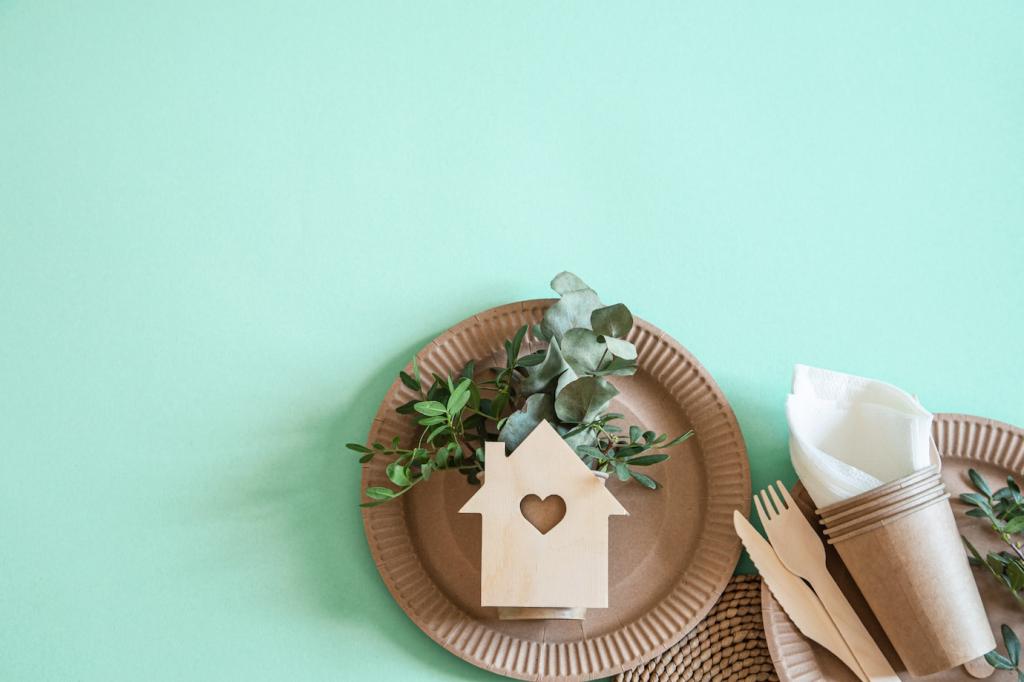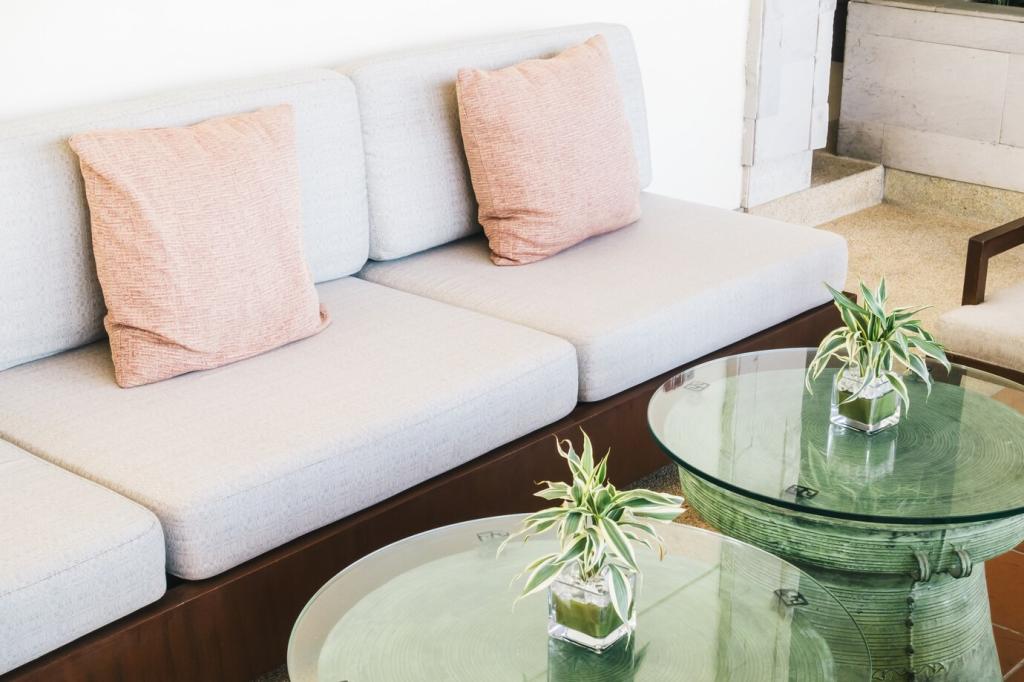Finishing the Green Way
Linseed, tung, and hemp oils penetrate deeply, highlighting grain while remaining repairable. Finish with beeswax for a soft sheen. Spot-refresh high-wear areas annually, skipping the sanding marathon and preserving each piece’s evolving patina.
Finishing the Green Way
Casein-based milk paint offers velvety coverage, bonds beautifully to raw wood, and distresses gracefully. Try tea, vinegar-steel wool, or indigo dye for subtle tones. Seal lightly so the tactile surface remains inviting and breathable.




